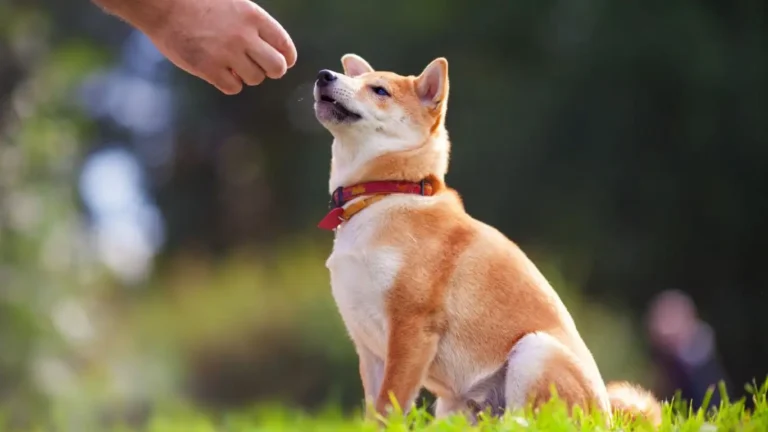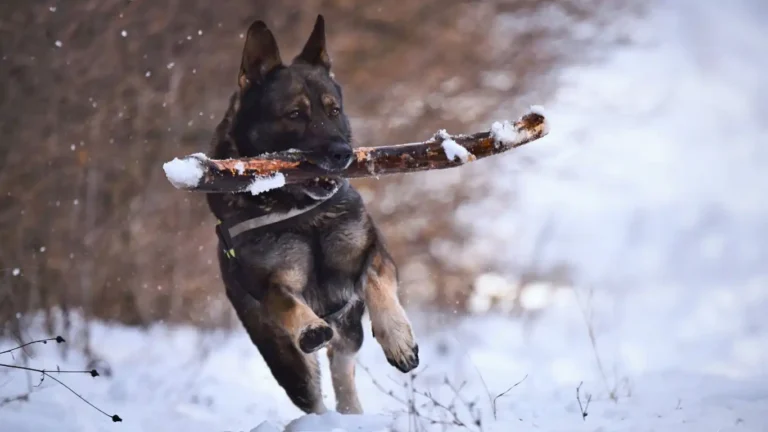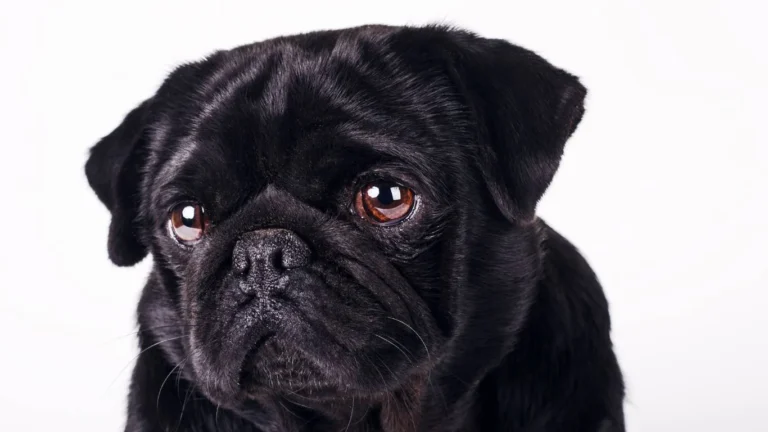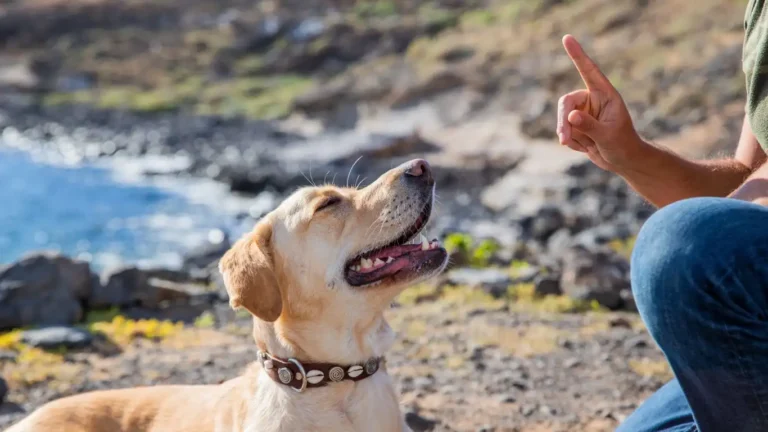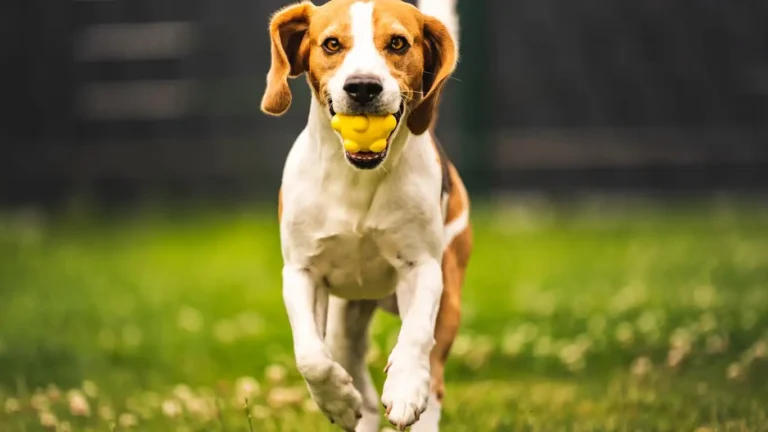How to Train Your Dog to Ride Calmly in an Elevator Like a Pro
Ever tried getting your dog into an elevator and suddenly realized you’re about to star in your own personal episode of *Dog vs. Machine*? Yeah, I’ve been there. As a Canine-Assisted Therapy Trainer, I’ve seen even the calmest therapy dogs freeze, panic, or turn into a barking mess the moment those elevator doors open. So if you’re wondering how to train a dog to ride calmly in an elevator, you’re not alone—and you’re definitely in the right place. Whether you’re living in a high-rise apartment or planning therapy visits to hospitals or senior centers, elevator training is a must-have skill. And guess what? It’s totally doable with the right approach, patience, and a few insider tricks I’ve picked up over the years.
Why Dogs Struggle With Elevators
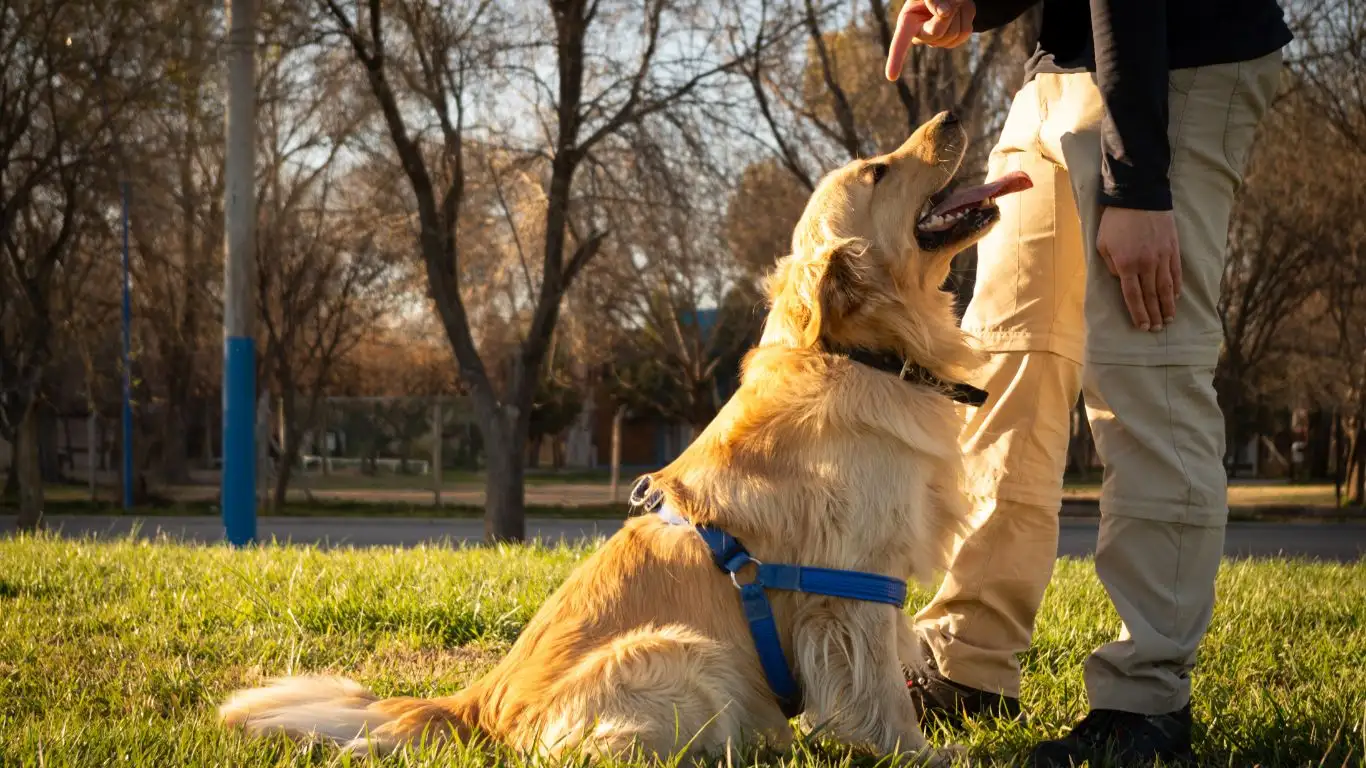
First, let’s talk about what’s going on in your dog’s head. Imagine you’re on an alien spaceship—doors whoosh open, there’s a strange mechanical box, and you’re supposed to just walk in like it’s normal. That’s basically what an elevator looks like to your dog. It’s noisy, confined, and it moves in a way that doesn’t make any sense. Add in the fact that some dogs are super sensitive to movement or vibrations under their paws, and it’s no surprise that they freeze or bolt.
Understanding this fear isn’t just about sympathy—it’s the first step to helping your pup overcome it. Dogs react with fight, flight, or freeze responses when they’re unsure. The goal here? Teach your dog that elevators are boring, predictable, and not worth freaking out over.
Start With the Basics: Desensitize Before You Ride
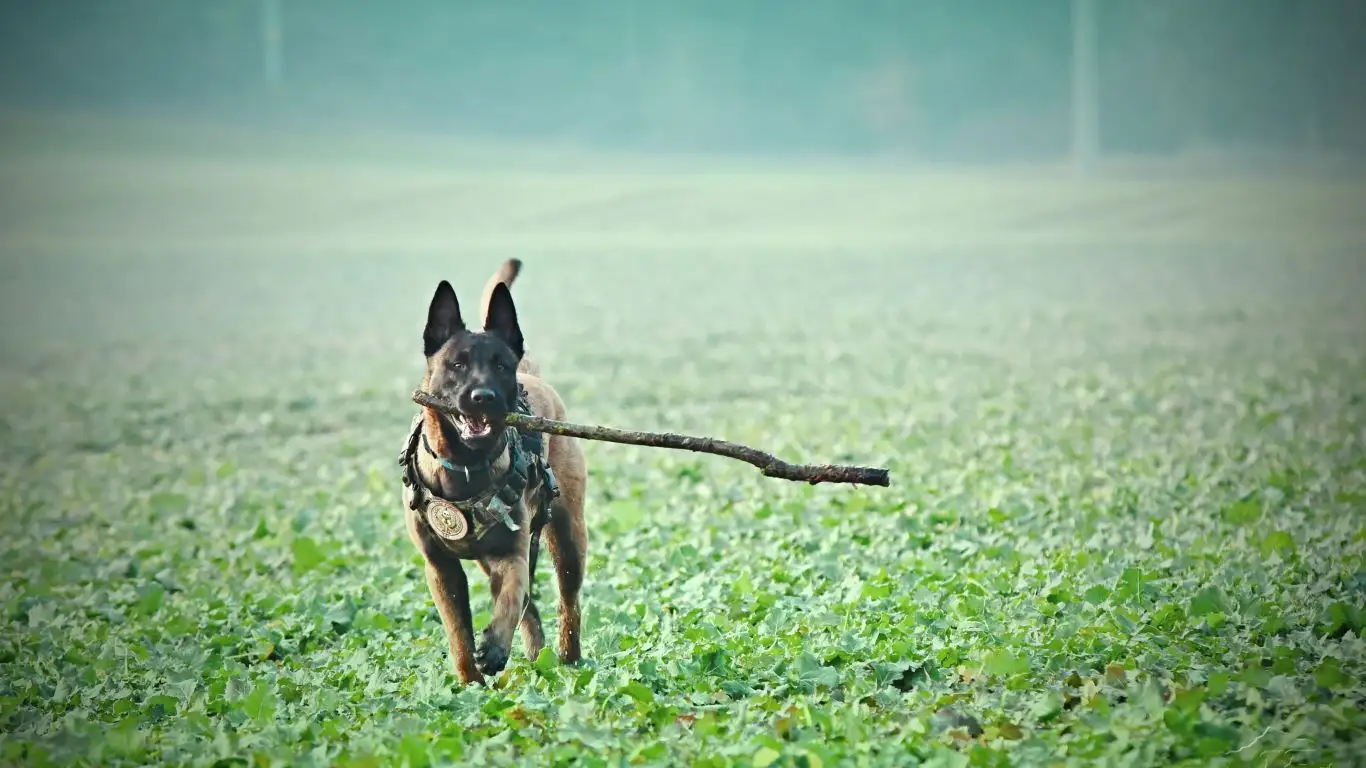
Hang Out Near the Elevator
Before you ever hit the “up” button, just get your dog used to being near the elevator. Sit or stand at a distance and let your pup observe. Praise calm behavior and offer a few treats. Let them watch the doors open and close from a safe spot. No pressure to go in—this stage is all about familiarity and *zero stress*.
Use High-Value Treats and Toys
This is not the time for dry kibble. Bring out the big guns—think chicken, liver, or that squeaky toy your dog goes nuts for. Reward any curiosity: a glance, a step forward, or even a sniff toward the elevator earns praise. We want to pair the elevator with good vibes only.
Practicing Calm Approaches
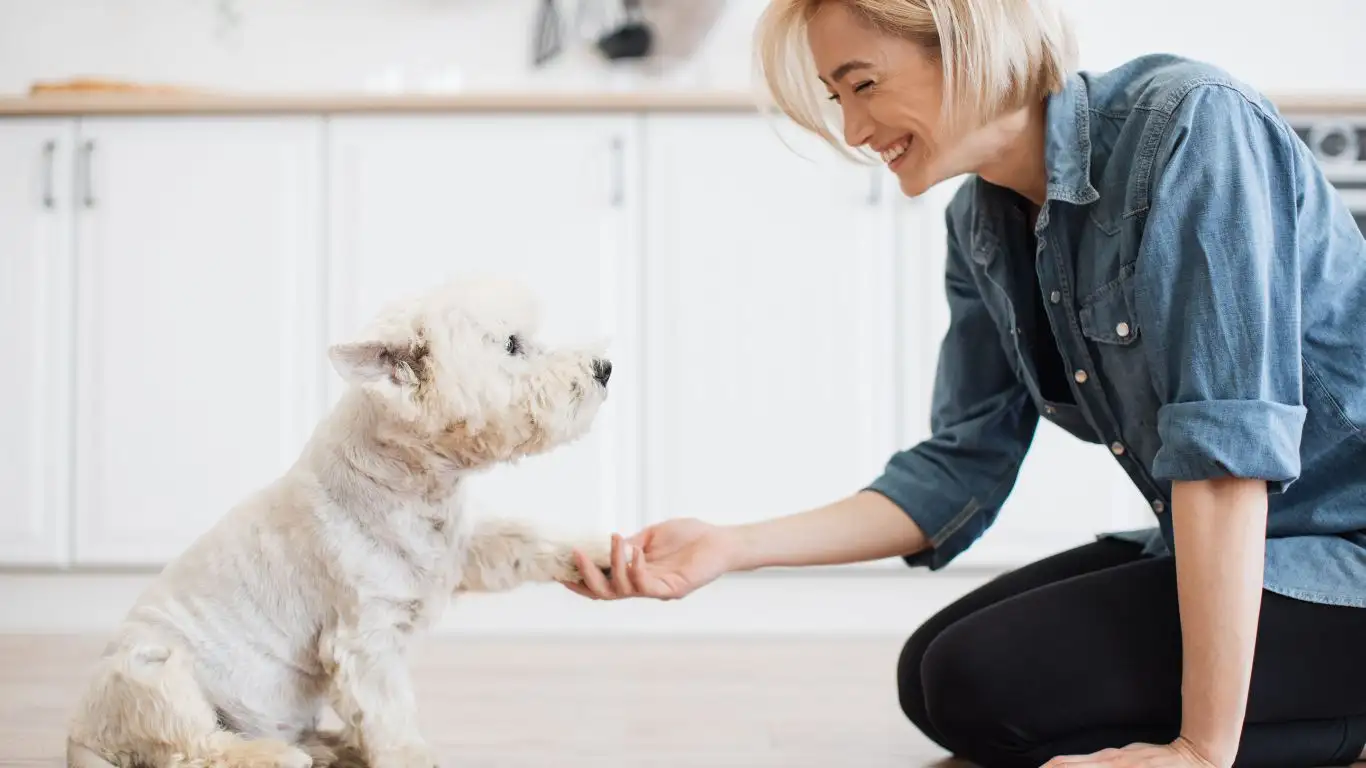
Walk Up, Pause, Walk Away
Next, work on casually walking up to the elevator and stopping. Wait there for a moment, then walk away like it’s no big deal. This helps your dog learn that just being near the elevator doesn’t mean anything scary is about to happen. Mix in a few sits or downs for extra calm points.
Practice Door Openings Without Entering
When you’re both chill hanging around the area, press the elevator button and let the doors open—but don’t go in. Treat your dog while the doors open and close. You want the sound and motion to be non-events. Repeat this a few times across multiple days. Remember, slow is smooth and smooth is fast.
Introducing the Elevator Interior Gradually
Step Inside, Step Right Back Out
When your dog shows curiosity or readiness, guide them into the elevator—just for a second or two. No need to ride yet. Treat and praise, then exit calmly. If your pup is hesitant, it’s okay to step one paw in and back out. You’re building trust and confidence here, not rushing them into the unknown.
Make It a Game
Turn it into a fun challenge: “Let’s go in!” and “Let’s go out!” with a happy voice and enthusiastic body language. You’re modeling that this is just another fun part of the day. Dogs pick up on your energy, so ditch the nerves and pretend this is the coolest game ever.
When to Add Actual Elevator Movement
Short Trips Only at First
Once your dog can enter and stand calmly inside the elevator, take a super short ride—like one floor. Stand relaxed, use a calm voice, and offer treats if your pup stays composed. Exit, celebrate, and be done for the day. Gradually increase the length and frequency of the rides over time.
Stay Neutral, Even if They Don’t
If your dog gets nervous or restless, don’t overreact. Stay chill and use a grounding cue like “sit” or “watch me.” Correcting too harshly or overly babying the fear can reinforce anxiety. Instead, just be steady. Your dog looks to you for how to respond.
Essential Commands That Make Elevator Rides Easier
Master the “Sit” and “Stay”
These two cues are gold in an elevator. I’ve trained dogs to sit in a corner of the elevator while others get in and out—super useful in public or therapy settings. It keeps them grounded, and gives them something to focus on besides all the movement and strangers.
“Heel” for Controlled Entries and Exits
A tight heel command can help guide your dog smoothly in and out of the elevator without pulling or hesitation. Practice this separately before combining it with elevator training. I often walk my therapy dogs to the elevator in heel, cue a sit at the entrance, then guide them in calmly. It keeps everything orderly, especially when we’re visiting crowded places.
Building Confidence Over Time
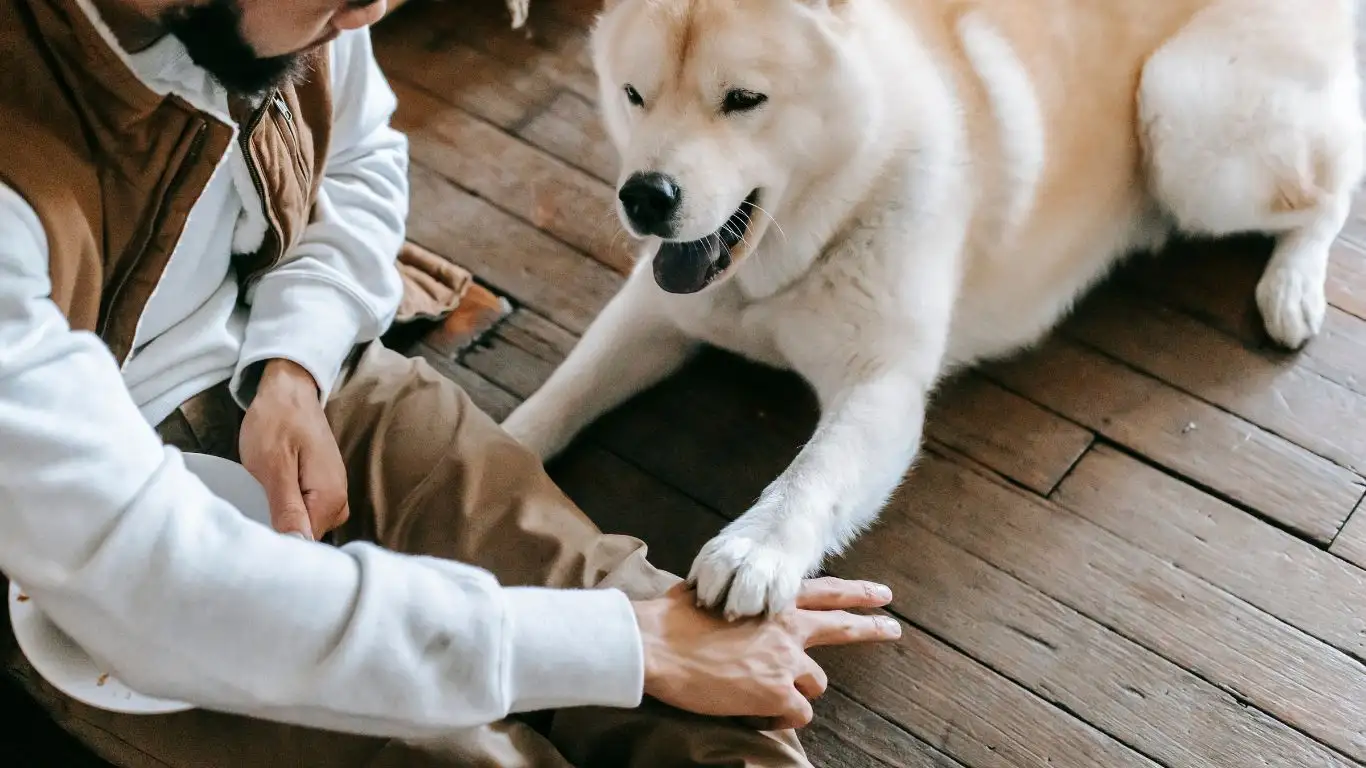
Repetition is Your Best Friend
One of the biggest lessons I’ve learned over the years? Dogs thrive on consistency. When folks ask me how to train a dog to ride calmly in an elevator, I always say—it’s not about one “aha” moment. It’s about dozens of small, boring, no-drama rides where nothing bad happens. That’s what builds confidence. Take the elevator daily, even when you don’t need to. Short trips. No pressure. Lots of praise. Rinse and repeat.
Use Elevators in Different Locations
Once your dog is nailing elevator rides at home or your regular spot, try switching it up. Visit a dog-friendly hotel, parking garage, or pet store with an elevator. Every new location helps generalize the skill so your pup doesn’t think calm elevator riding only applies to *that one elevator near the lobby.* This is especially important for therapy dogs that need to navigate all sorts of environments.
Dealing with Setbacks Without Losing Progress
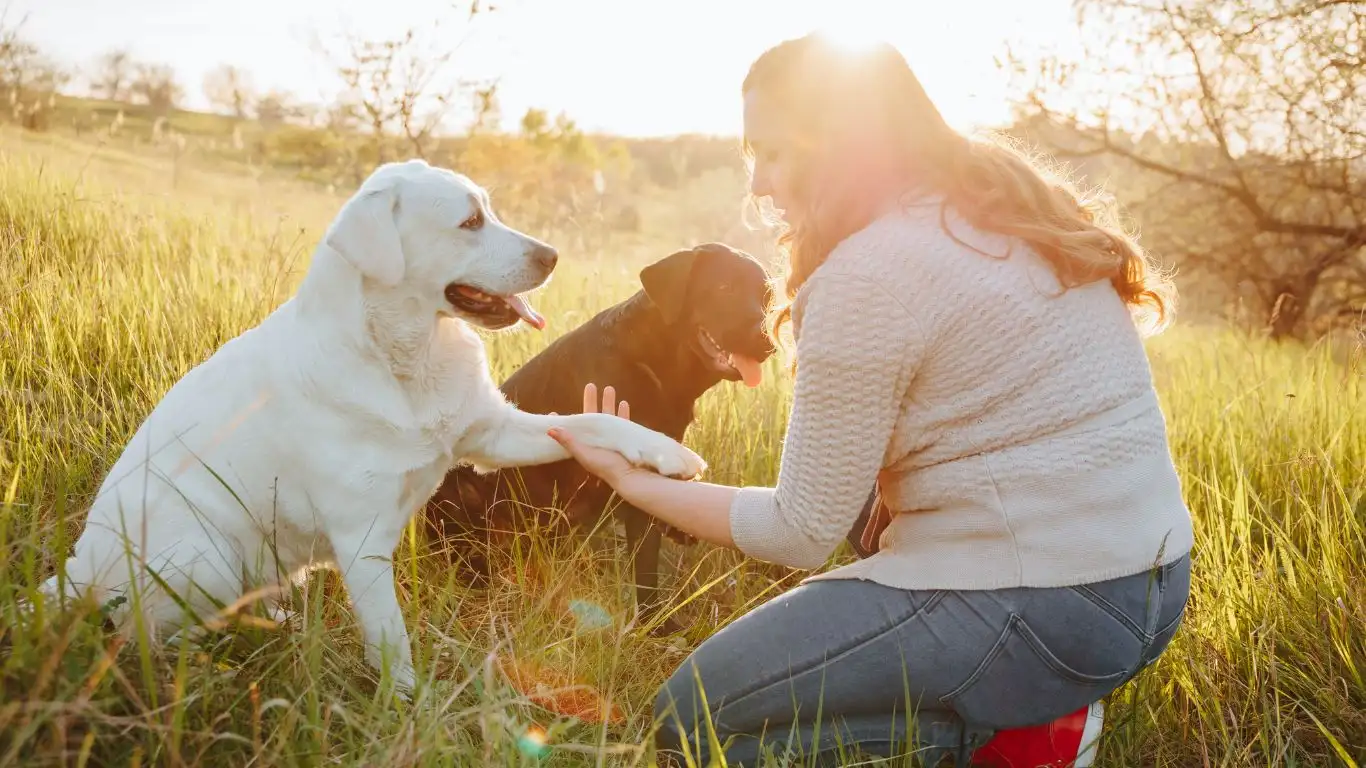
When Regression Happens
Here’s the thing—training is rarely linear. One day your dog walks into the elevator like a champ, the next day they balk and refuse. Totally normal. Dogs have moods, off days, and emotional memory just like we do. If your pup suddenly gets spooked, don’t panic. Take a step back in training, revisit the basics, and rebuild from there. It doesn’t mean all progress is lost.
Keep Sessions Short and Positive
If your dog’s having a rough day, don’t force it. One good, short session beats five stressful ones. In fact, when I was working with a rescued lab named Max, our whole session sometimes consisted of sniffing around the elevator and one calm sit near the button panel. That was enough. It’s all about *ending on a win*, no matter how small.
Elevator Etiquette for Dogs and Their Humans
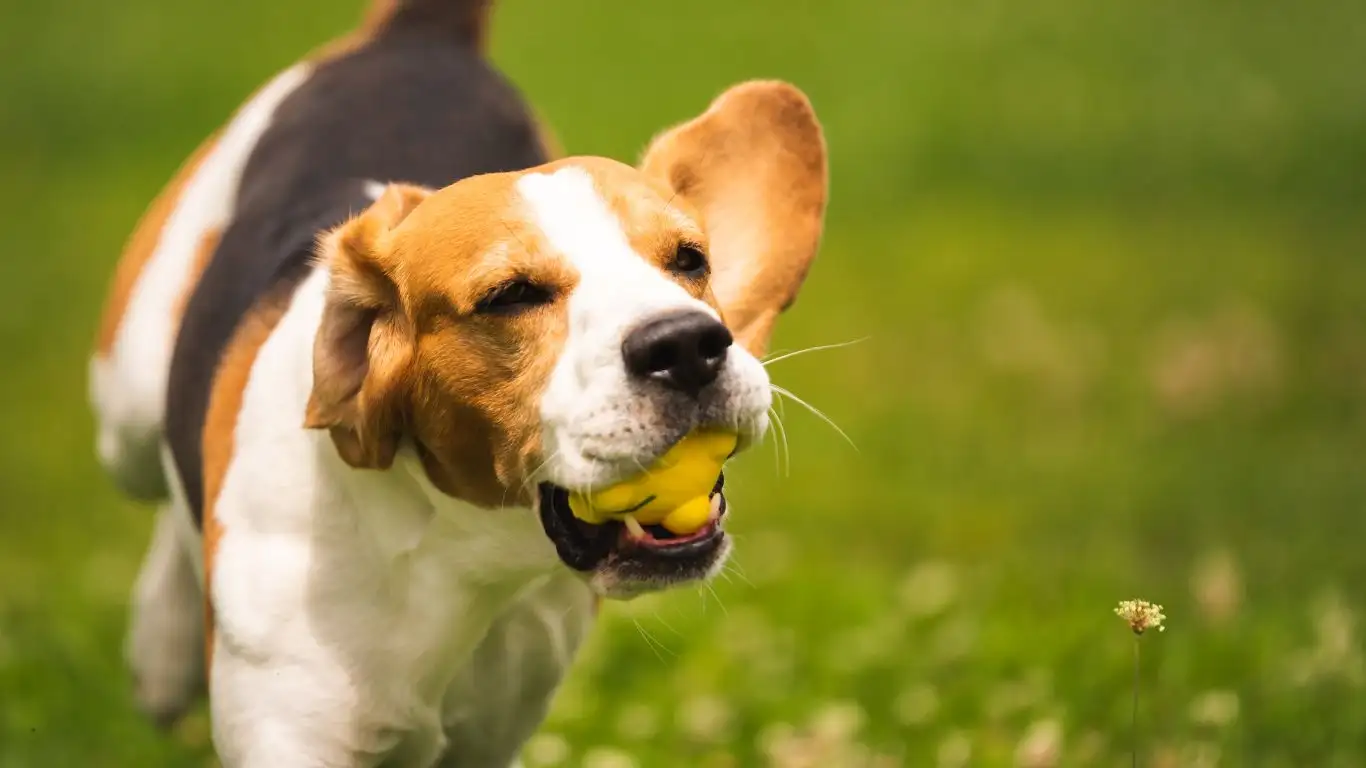
Sharing the Space Respectfully
Elevators can be tight quarters, and not everyone’s a dog lover (weird, right?). So teaching your dog to maintain space is a must. I like to have my dogs automatically sit to one side when we enter. If people come in, they stay seated and out of the way. That calm, polite behavior earns so many smiles—and it reflects well on you as a responsible handler.
Ask Before Riding with Others
This one’s part elevator etiquette, part common courtesy. If someone is waiting for the elevator with you and you’re not sure if they’re cool with dogs, just ask. A simple, “Mind if we ride with you?” goes a long way. Most folks appreciate the ask, and it avoids awkward surprises. Some people are fearful, allergic, or just not into sharing close quarters with pets—and that’s okay.
Don’t Crowd the Door
Dogs love to hang near doors—especially if they’re excited or unsure. But in elevators, this creates chaos. Teach your dog to stand or sit a few feet back when waiting for the doors to open. It’s safer, less stressful, and shows you’re in control of the situation. I use the cue “back up” for this—handy in all kinds of tight spaces, not just elevators.
Training Tools That Help (When Used Right)
Leash Positioning Matters
I always keep the leash short but loose in elevators. Too much slack and your dog’s wandering, too tight and you’re creating tension. If you’ve got a puller or a reactive pup, consider a front-clip harness. It gives you more control without yanking or choking. Just remember: no tool replaces training. It’s a support, not a shortcut.
Treat Pouches for Quick Rewards
Quick access to treats makes a huge difference in timing your rewards. I use a waist-worn pouch so I can deliver praise instantly. The second those elevator doors open and my dog stays calm—boom, treat. That instant reward reinforces the calm behavior way more effectively than a delayed one.
Clickers for Marker Training
If you’re into clicker training (which I love for precision), elevators are a great place to use it. Click for every small success—stepping in, standing still, not reacting to door dings. That crisp sound tells your dog exactly what they did right. It’s like giving them a high-five in their language.
Real-Life Elevator Wins: Stories from My Sessions
Molly the Mini Aussie Learns to Chill
Molly was a high-energy Aussie who barked nonstop in elevators. Her owner was at her wit’s end. We started with basic desensitization near the doors, then practiced calm sits inside the elevator without riding. It took three weeks, but one day, Molly rode up five floors in total silence, tail wagging and eyes on her handler. That moment? Pure magic. Her owner cried, I almost cried. It was a win built on patience and trust.
Charlie the Golden Therapy Dog in Training
Charlie was a natural people-lover but would sprawl across the elevator floor like he owned the place. Cute? Yes. Professional? Not so much. We trained him to sit in the corner and wait for a release cue before moving. Fast forward to today—Charlie visits hospitals every week and waits politely for nurses and patients to board before he does. That kind of behavior leaves a lasting impression and helps people feel at ease around therapy dogs.
Luna the Shy Rescue Finds Her Courage
Luna had been through a lot before adoption, and elevators were just one of many fears. For her, training meant celebrating tiny steps. Sniffing the threshold? Win. Standing near the open door without bolting? Major win. It took over a month, but now she rides to her family’s 8th-floor condo like a pro. Her tail still tucks sometimes, but she walks in willingly and stays steady. Progress isn’t always loud or flashy—it’s often quiet and brave.
When Things Don’t Go as Planned: Troubleshooting Elevator Training

Handling Fear-Based Reactions
Even with the best training, some dogs may have a more intense reaction to elevators, especially if they’ve had past trauma or negative experiences with small, enclosed spaces. If your dog begins to panic or freeze, it’s crucial to stay calm and avoid punishment—punishing fear will only make things worse.
Instead, go back to the basics. Revisit the desensitization process, but this time, make it even more gradual. If your dog is frightened of the elevator doors closing, you can start by working with the doors open for a few sessions. Let your dog step in and out without any pressure to stay inside. If they’re not yet ready to ride, that’s okay. Baby steps lead to giant leaps.
Consider Professional Help if Needed
While most dogs can be trained with patience and consistency, some might need a little extra help. If your dog’s elevator anxiety is severe and you’re not seeing any progress after weeks of training, it could be time to consult a professional dog trainer. A trainer with experience in fear-based behaviors can provide additional techniques and tools to help your dog feel more at ease.
When seeking professional help, make sure to choose someone who uses positive reinforcement methods. These techniques focus on rewarding the desired behaviors rather than punishing undesirable ones. This approach is key for building trust and ensuring long-term success.
How to Keep Your Dog Safe in Elevators
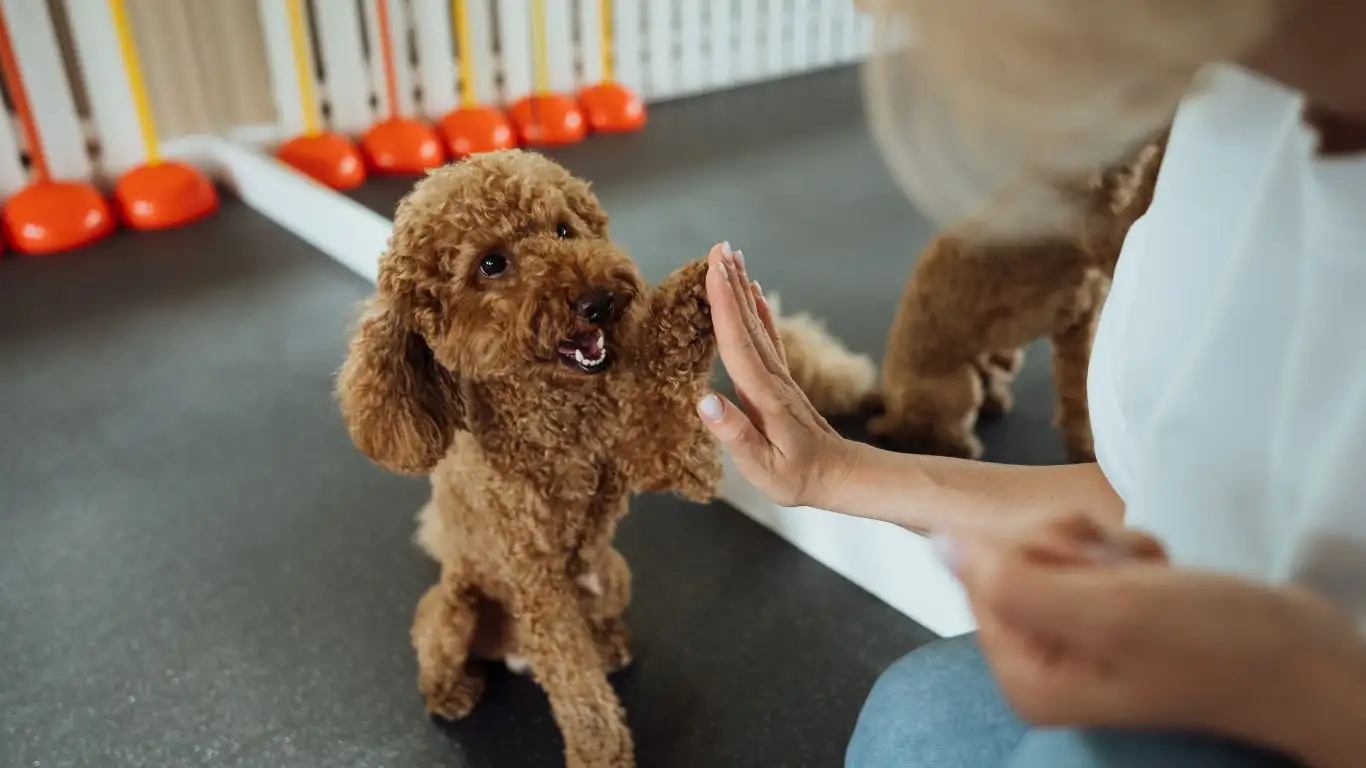
Elevator Safety Tips
Safety is a top priority, whether you’re training or just using the elevator on a regular basis. Here are a few tips to keep in mind:
- Don’t rush the process: Take your time and avoid rushing your dog into the elevator too quickly. This is a new experience for them, and it’s important to build confidence gradually.
- Ensure the elevator is dog-friendly: Not all elevators are designed with pets in mind. Check for smooth floors, enough space, and proper ventilation. If you’re using an elevator in a public building, make sure it’s spacious enough for you and your dog.
- Always keep a tight grip: Keep your dog on a leash at all times to prevent them from darting out when the doors open. You don’t want your dog getting startled and running into the hall or into the path of other elevator riders.
- Watch out for other passengers: In crowded elevators, be sure your dog doesn’t get too close to strangers, especially if they’re nervous. Teach your dog to sit or stay out of the way when the elevator is filled with people.
Be Mindful of Your Dog’s Health During Training
Elevator training can be mentally taxing on your dog, especially if they’re a sensitive breed or have pre-existing anxiety. It’s important to watch for signs of stress, such as excessive panting, drooling, or reluctance to participate. If your dog shows these signs, take a break and give them some time to relax before resuming training.
As always, keep your dog’s overall health in mind. A visit to the vet is a great way to rule out any medical issues that may contribute to anxiety, whether it’s related to the elevator or not. A healthy, happy dog is more likely to succeed in their training!
Maintaining Long-Term Success: Elevator Rides as a Part of Your Routine
Making Elevator Rides Routine
Once your dog is comfortable with elevator rides, it’s time to integrate them into your routine. Take elevators as often as possible, especially in places where it’s practical and appropriate. Regular use will help your dog reinforce the behavior, making it second nature for them.
If you live in a building with an elevator, make it part of your daily walks. If you have a therapy dog, use the elevator as part of your regular visits to work, hospitals, or other facilities. The more your dog rides the elevator, the more they’ll understand that there’s no reason to be afraid. They’ll learn to associate the elevator with good things, like treats, praise, and fun trips.
Reinforcing Good Behavior Over Time
It’s important to continue reinforcing calm behavior as your dog becomes more comfortable. Even after months of successful elevator rides, I still offer praise for good behavior. It’s not about overdoing it; rather, it’s about keeping the positive association alive. If your dog remains relaxed after a few trips, you can phase out treats but still maintain a calm voice and positive reinforcement through affection.
Resources and Further Reading
Interested in learning more about dog behavior, anxiety, or elevator training? Check out these helpful resources for additional tips and expert advice:
Disclaimer
While the techniques shared in this article have been successful for many dogs, each dog is unique. Always consider your dog’s individual needs, temperament, and history when choosing a training method. If your dog’s anxiety or behavior problems persist, it’s a good idea to consult with a professional dog trainer or behaviorist to ensure the best outcome.
